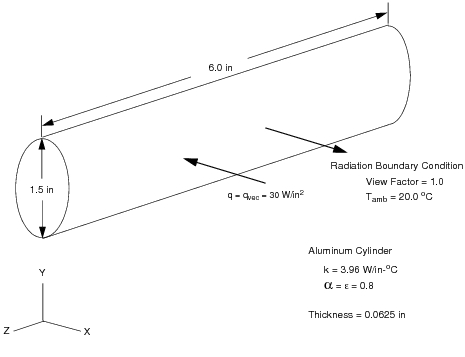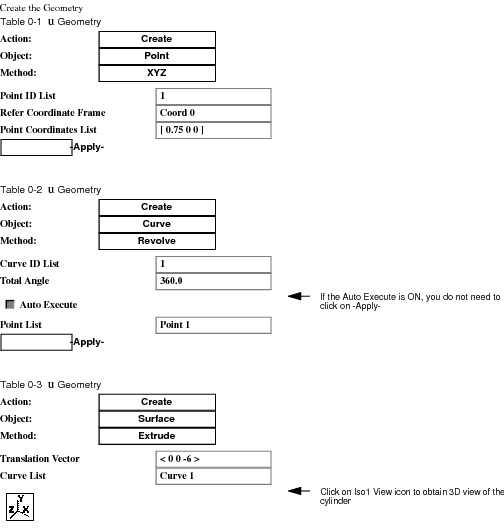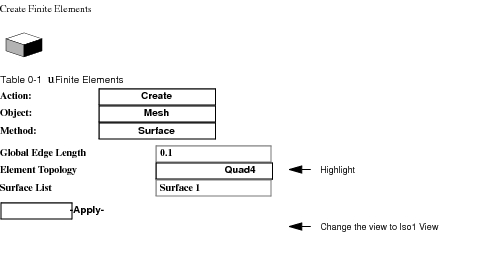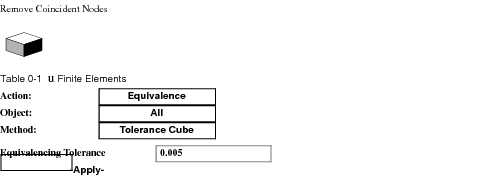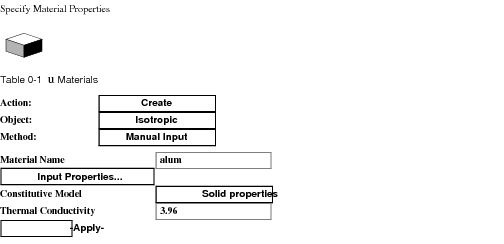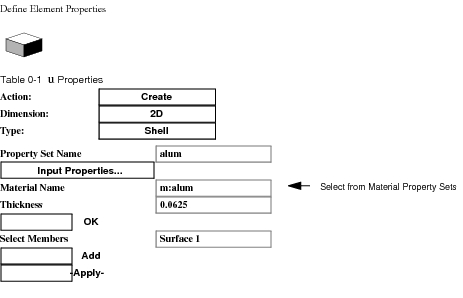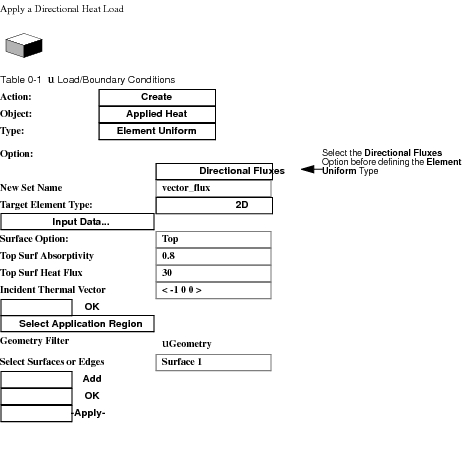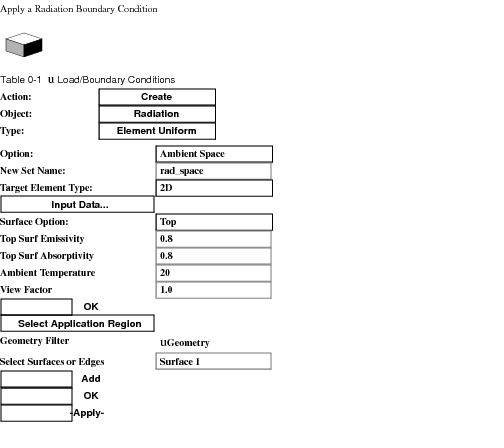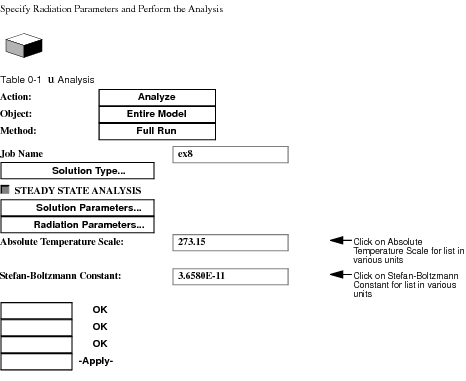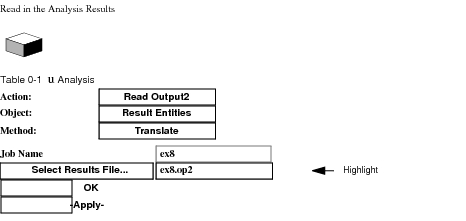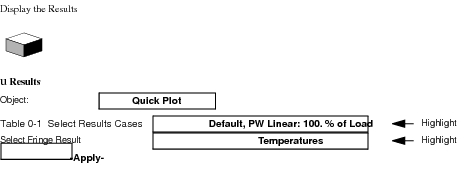XXXXXXXXXXXXXXXXXXXXXXXXXXXXXXXXXXXXXXXXXXXXXXXXXXXXXXXXXXXXXXXXXXXXXXXXXXXXXXXXXXXXXXXXXXXXXXXXXXXXXXXXXXXXXXXXXXXXXXXXXXXXXXXXXXXXXXXXXXXXXXXXXXXXXXXX''"> 7.9 Example 8 - Directional Heat Loads
Problem Description
In this example we will apply a directional heat load on cylinder. We will orient the surface normal from the surface such that the normal vector (Right hand rule) will point away from the surface. This allows the incoming directional heat flux to see the normals, and project the correct energy by forming a dot product with this vector. A typical application of this directional heat load process is in an orbital heating environment.
The dimension of the cylinder is 1.5 inch in diameter with a length of 6 inches. The material is aluminum with a thermal conductivity of 3.96 W/in-oC. The absorptivity and emissivity of the cylinder surface are 0.8. The directional heat load is 30 W/in2. The exterior surface of the cylinder looses heat by radiation to space. The radiation view factor is 1.0 and the ambient temperature is 20 oC.
Modeling
We will first calculate the temperature distribution based on the above boundary conditions. Subsequently in Example 9, we will create a spatial FEM field that defines the temperature load for a thermal stress analysis.
The surface normal direction is important in this problem, because the incoming heat flux vector will form a dot product with the normal vector for the surface generating the correct projected surface area for application of the heat load. Therefore, when we created the cylinder using geometry, we should verify that the normal vector points outward. This is accomplished by using:
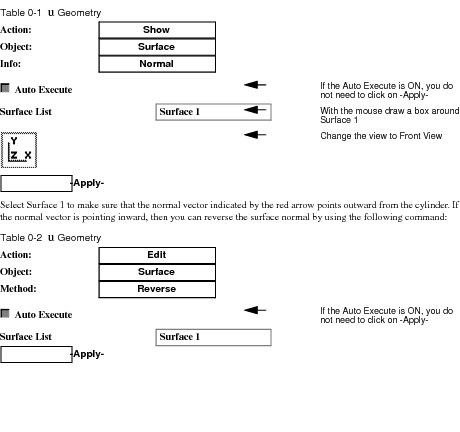
Note: | Continue with Step 1 of Example 9 to perform a structural analysis. |
Discussion of Results
Example 8 demonstrates an aluminum cylinder in radiative equilibrium. The heat source is directional (light source oriented), and the radiation boundary condition is equal for all directions. The cylinder’s maximum temperature (~473 oC) is attained on the side subject to the solar heat load. The minimum temperature (~424 oC) occurs in the shadow region. The high conductivity of the cylinder helps to equilibrate the temperatures. If the conductivity were very low, the maximum temperature would approach 740 oC with the minimum approximately 20 oC.
